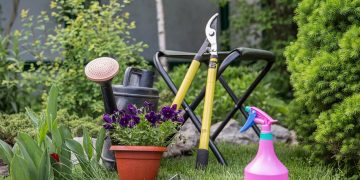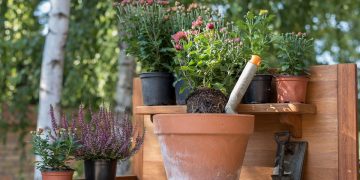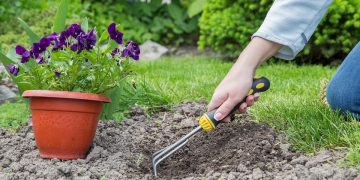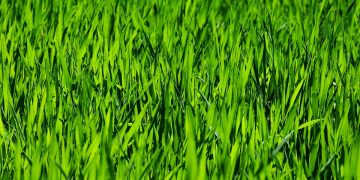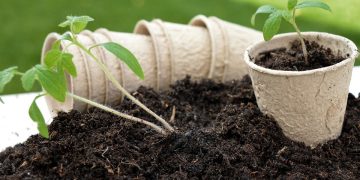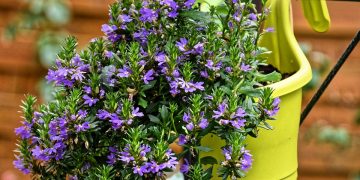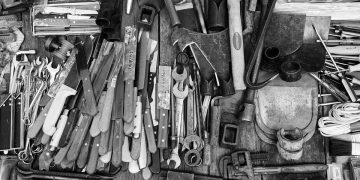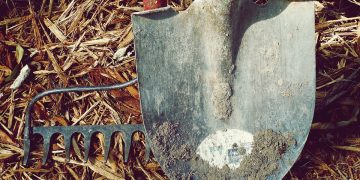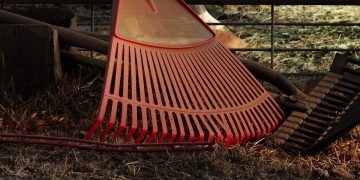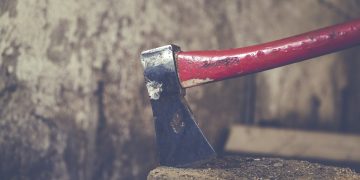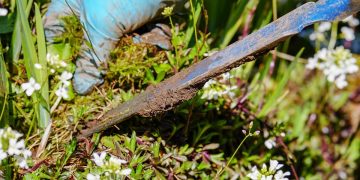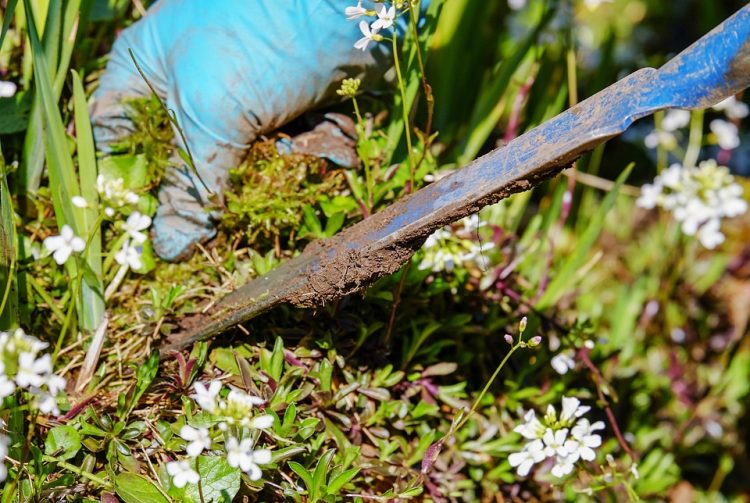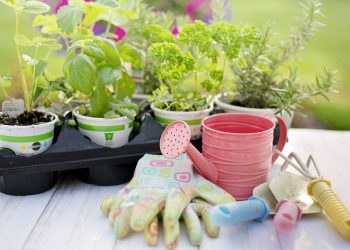Digging Deep: Unearthing the Power of Spades and Shovels
When it comes to gardening, landscaping, or construction, few tools are as essential as spades and shovels. These humble instruments have been used for centuries to dig, move, and shape the earth, making them indispensable for any project that involves working with soil. In this article, we will explore the various types of spades and shovels available, their uses, and the best practices for using them effectively. Let’s dig in!
The Different Types of Spades and Shovels
There are several types of spades and shovels, each designed for specific tasks and environments. Some of the most common types include:
1. Digging Spade
A digging spade is a versatile tool that is used for digging, lifting, and turning over soil. It typically has a flat, rectangular blade with a pointed tip, making it ideal for breaking through tough soil and cutting through roots. Digging spades are essential for creating new garden beds, planting trees and shrubs, and turning over compost piles.
2. Trenching Shovel
A trenching shovel is designed for digging long, narrow trenches in the soil. It has a long, narrow blade that allows for precise digging and shaping of trenches for irrigation systems, drainage ditches, and other landscaping projects. Trenching shovels are also useful for edging garden beds and removing sod.
3. Round-Point Shovel
A round-point shovel is a versatile tool with a rounded blade that is ideal for digging, lifting, and moving soil, gravel, and other materials. It is commonly used for tasks such as digging holes for planting, moving mulch, and spreading gravel or sand. Round-point shovels are available in various sizes to suit different tasks and user preferences.
Best Practices for Using Spades and Shovels
While spades and shovels are relatively simple tools, using them effectively requires proper technique and care. Here are some best practices to keep in mind when using spades and shovels:
1. Choose the Right Tool for the Job
Before starting any digging or landscaping project, make sure you have the right spade or shovel for the task at hand. Using the wrong tool can lead to inefficiency, fatigue, and even injury. Consider the type of soil, the depth of the digging, and the size of the area when selecting a spade or shovel.
2. Maintain Proper Posture
When using a spade or shovel, it is important to maintain proper posture to prevent strain and injury. Stand with your feet shoulder-width apart, bend your knees, and keep your back straight while digging or lifting. Use your legs and core muscles to power the tool, rather than relying solely on your arms and back.
3. Sharpen the Blade Regularly
Sharp blades are essential for efficient digging and cutting through tough soil or roots. Regularly sharpen the blade of your spade or shovel using a file or sharpening stone to ensure optimal performance. A sharp blade will also reduce the amount of effort required to use the tool, making your work easier and more enjoyable.
Common Questions About Spades and Shovels
Here are some common questions about spades and shovels, along with their answers:
1. What is the difference between a spade and a shovel?
A spade typically has a flat, rectangular blade with a pointed tip, while a shovel has a curved or rounded blade. Spades are better suited for digging, lifting, and turning over soil, while shovels are more versatile and can be used for digging, lifting, and moving materials such as soil, gravel, and sand.
2. How do I choose the right size of spade or shovel?
The size of the spade or shovel you choose should depend on the size of the job and your own physical capabilities. Larger blades are better suited for bigger tasks, while smaller blades are more suitable for detail work or tasks that require precision. Consider the weight of the tool as well, as heavier tools may be more difficult to use for extended periods.
3. How can I extend the lifespan of my spade or shovel?
To extend the lifespan of your spade or shovel, it is important to store it properly, clean it after each use, and sharpen the blade regularly. Avoid leaving the tool exposed to the elements, as this can cause rust and corrosion. Additionally, avoid using the tool for tasks it was not designed for, as this can lead to premature wear and damage.
Conclusion
Spades and shovels are indispensable tools for any project that involves working with soil. By choosing the right tool for the job, maintaining proper posture, and sharpening the blade regularly, you can make your digging and landscaping tasks easier and more efficient. Whether you are a seasoned gardener or a novice landscaper, investing in high-quality spades and shovels will pay off in the long run. So pick up your spade or shovel and start digging deep!



